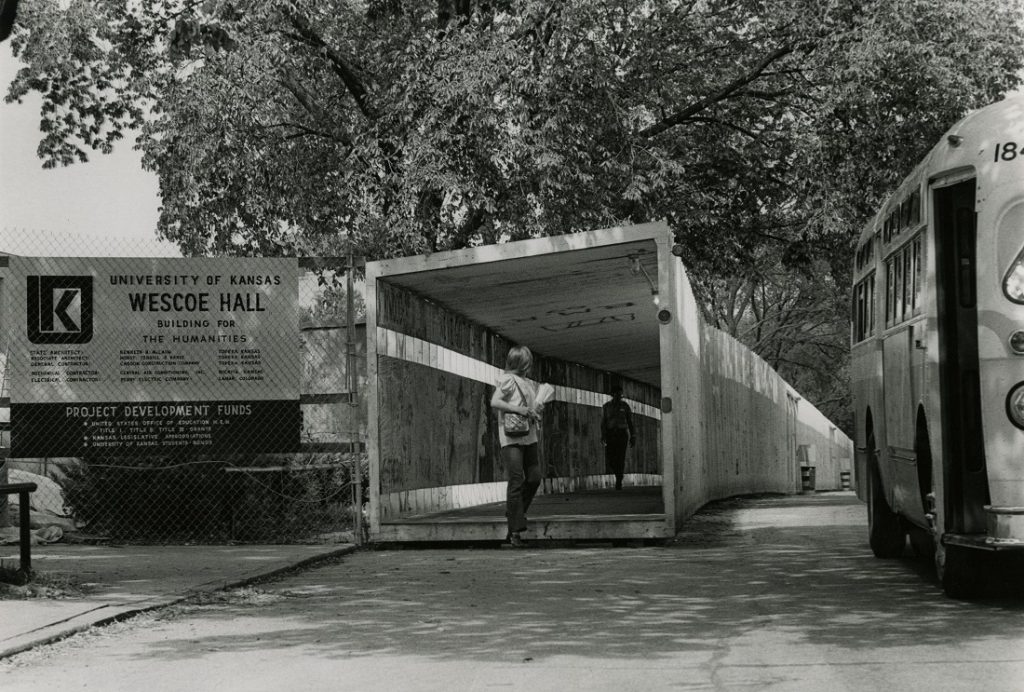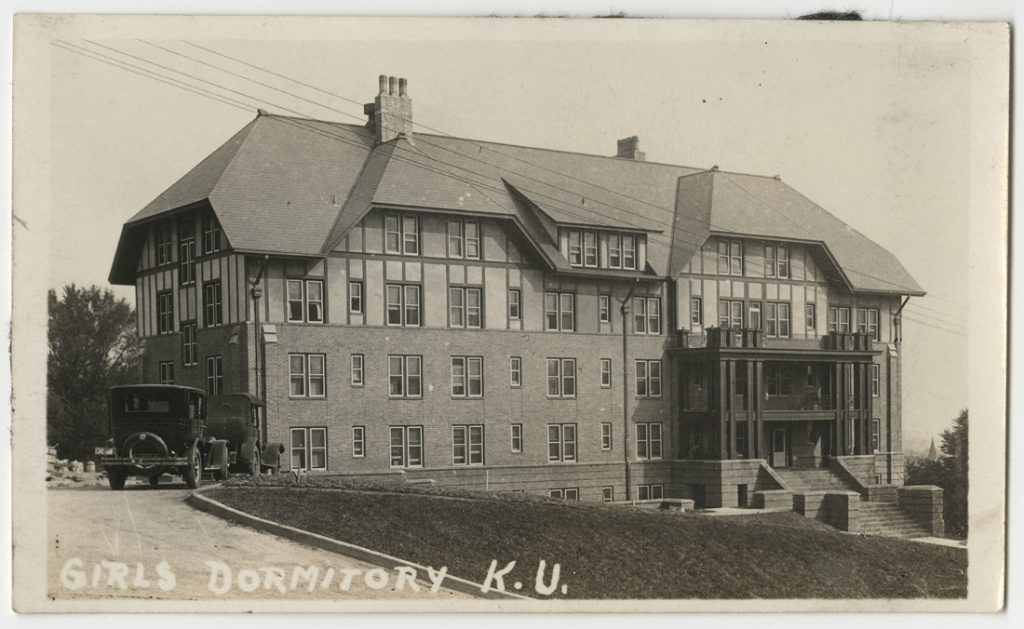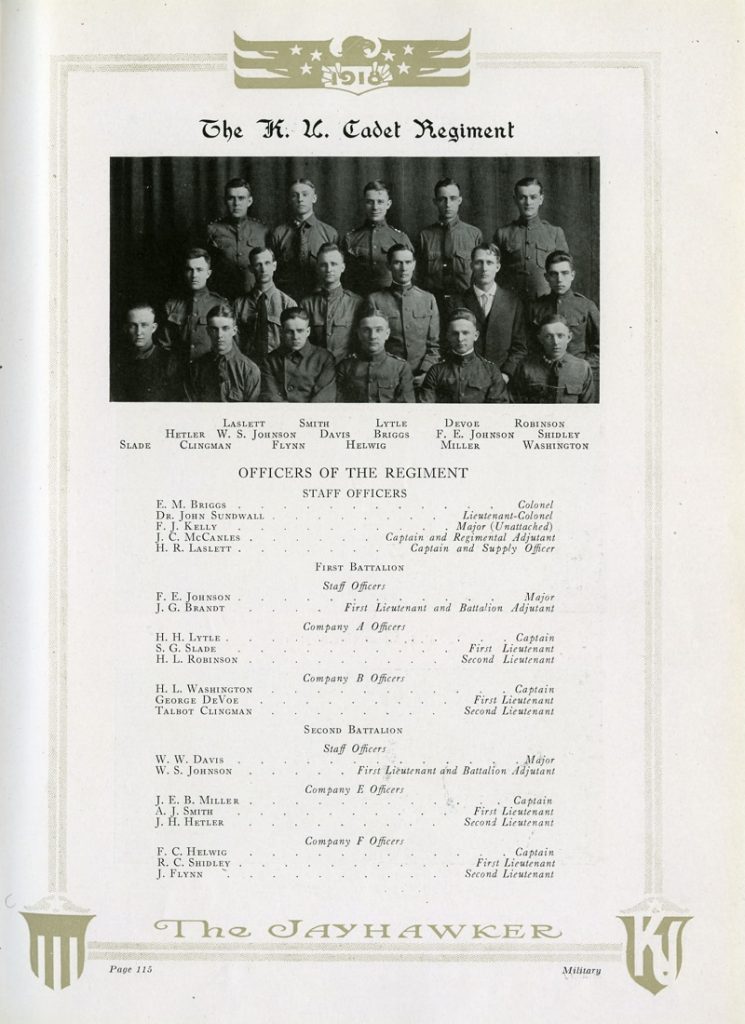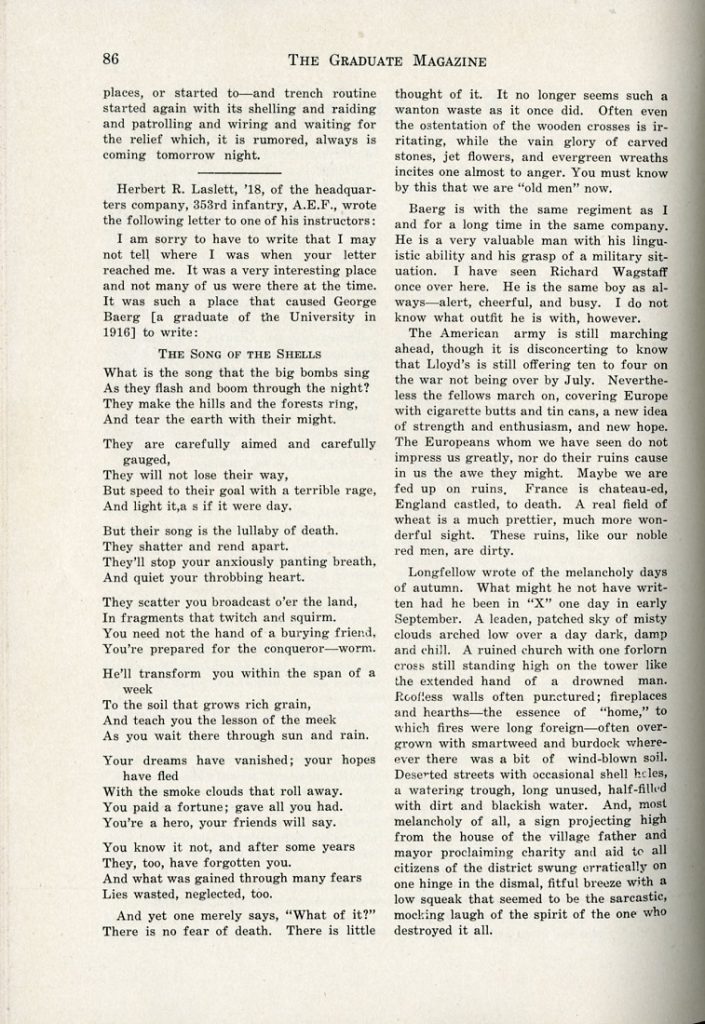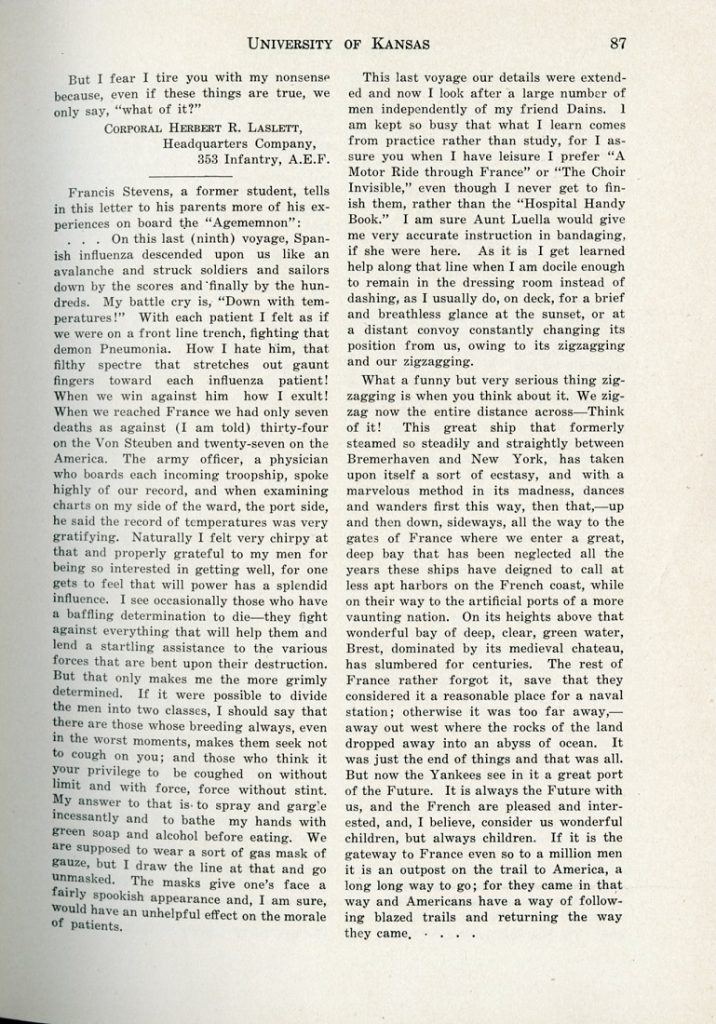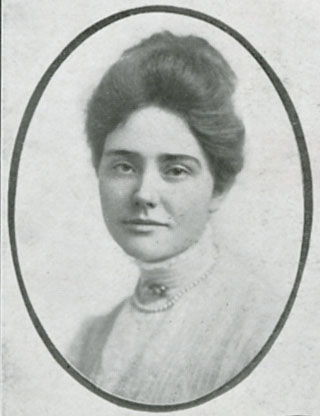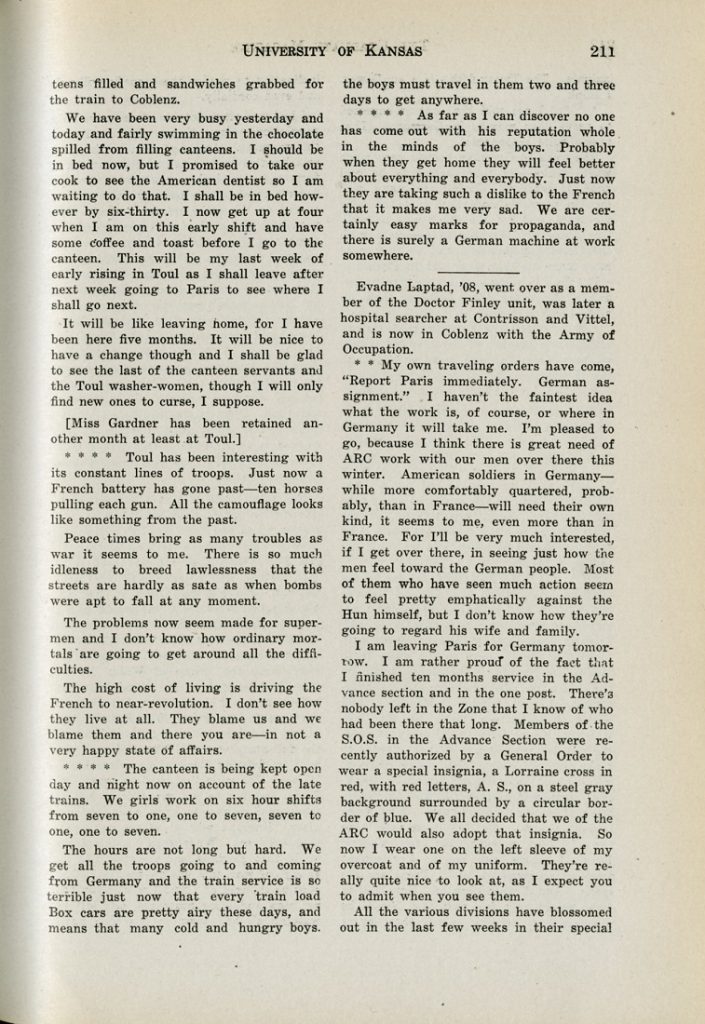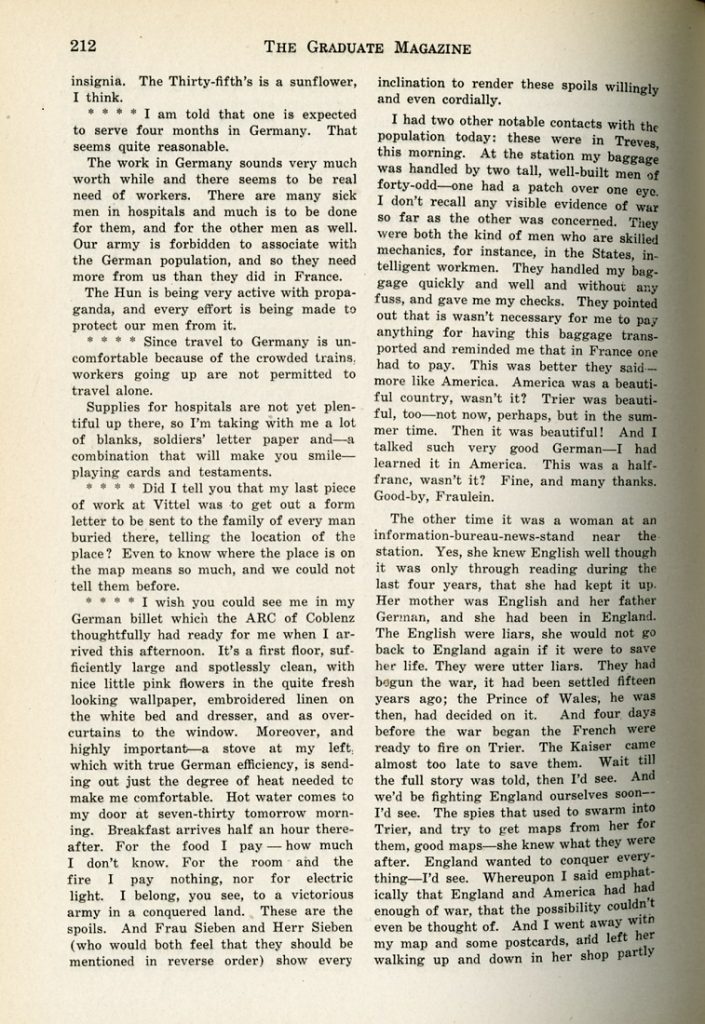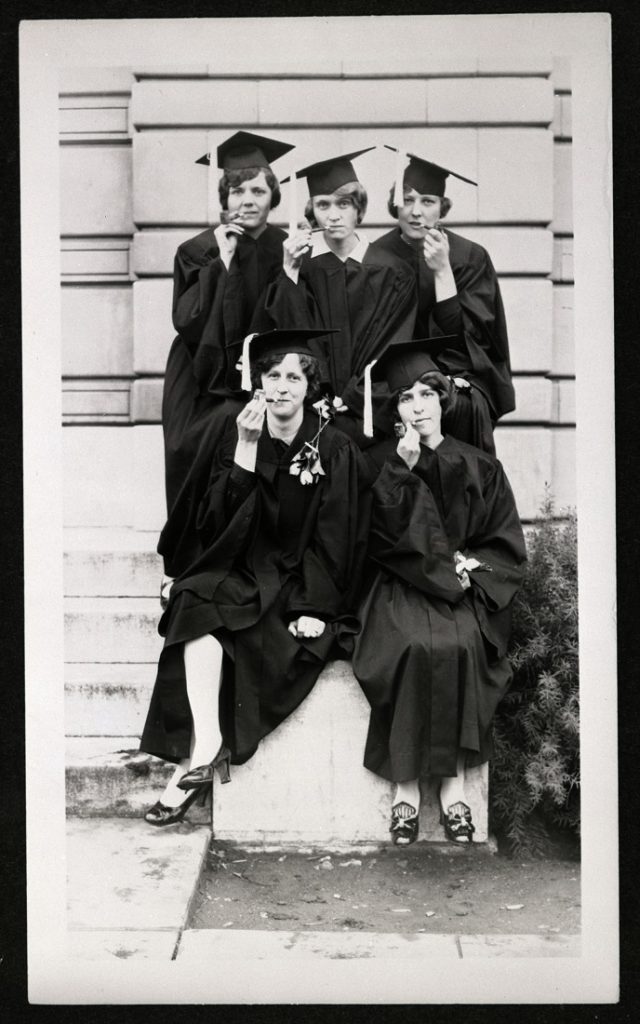Spencer Research Library certainly has the staples for any Shakespeare-phile: a complete Second Folio, a partial First Folio, individual books, and works from his contemporaries Thomas Heywood, Ben Jonson, Philip Sidney, and others. Printed in ages past, these works demonstrate the long history and enduring fascination scholars and bibliophiles alike maintain concerning the works of the Bard and the many social issues he addresses in them. But more importantly, KSRL also possesses works that demonstrate Shakespeare’s lasting influence and application through creative reimaginings.
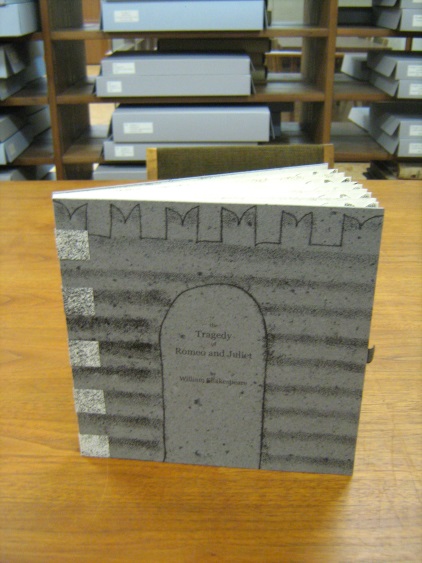
The cover of Emily Martin’s interpretation of
The Tragedy of Romeo and Juliet.
[Iowa City]: Naughty Dog Press, 2012.
Call Number: D7385. Click image to enlarge.
One such reimagining was crafted by Emily Martin. Created for a designer bookbinding competition for the Bodleian Libraries and Designer Bookbinders in 2013, the carousel book adapts one of Shakespeare’s best-known tragedies, The Tragedy of Romeo and Juliet. With five main “views” to embody each of the play’s five acts, the carousel book pays homage to the play’s central ideas and its modern application. Martin creates corresponding pop-ups for each act and uses key lines from Juliet, Romeo, and the Prince (for Act V) to illustrate and remind readers of the important events from each act.
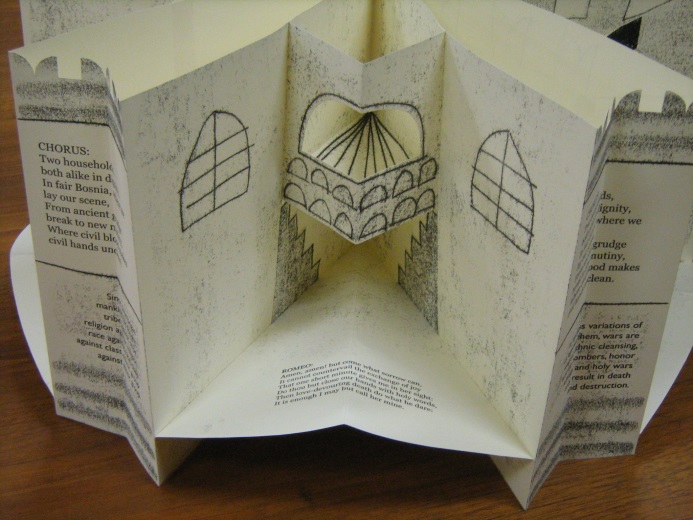
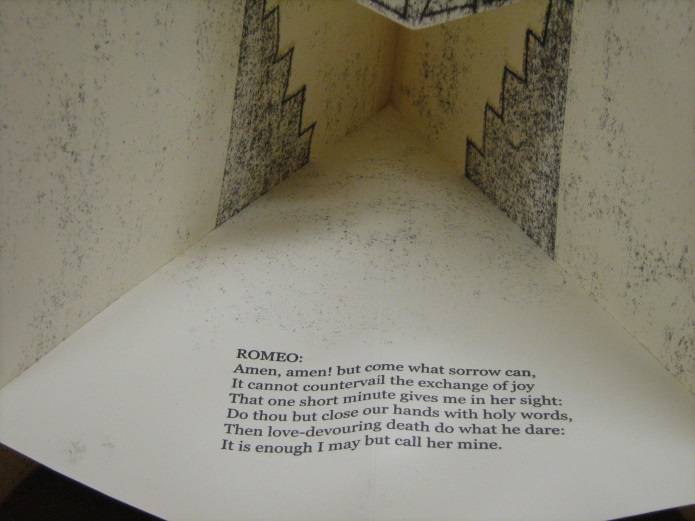
Views of Emily Martin’s interpretation of
The Tragedy of Romeo and Juliet (2012).
Call Number: D7385. Click images to enlarge.
In between each of the main views, Martin emphasizes “the timelessness of the play through repetition of the chorus and insertion of modern equivalents for Verona,” as Martin explains in the colophon for the book. These modern equivalents include: Bosnia, Israel, Rwanda, and America. In correspondence, Martin adds that these locations, “were ‘scenes of strife’ at the time, I used countries rather than cities for name recognition and to expand out from small locations to large. I felt the need to remind readers the play is still timely by connecting to current conflicts.” Martin also includes her own commentary under each repetition of the chorus, articulating the many ways that Shakespeare’s central themes can be reimagined and updated far beyond Shakespeare’s time.
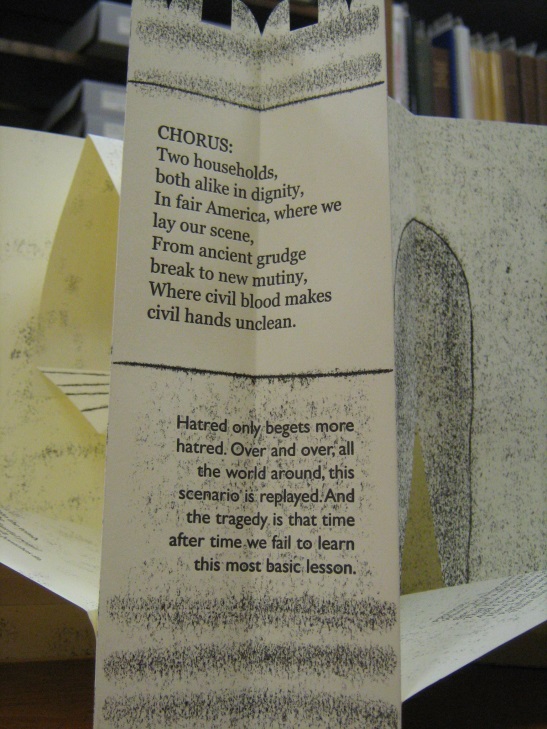
A close-up of Emily Martin’s interpretation of
The Tragedy of Romeo and Juliet (2012).
The top section is the first four lines of the play’s prologue.
Note that Martin has changed “fair Verona” to “fair America.”
The bottom text is Martin’s commentary.
Call Number: D7385. Click image to enlarge.
Even though The Tragedy of Romeo and Juliet is advertised as a tale of two “star-crossed lovers,” Martin comments, “I was struck more by the universality of feuding more than the romance.” Romeo and Juliet individually must combat the trials of a forbidden love, and their families exemplify the enduring consequences of unabashed hatred of others for no deeper reason than one’s name. Despite Romeo and Juliet’s tragic deaths, the feud shows no signs of ending. Martin describes this plot point as a reason for the book’s carousel design. She states, “circular format emphasizes the repetitive aspect of the feuding, it doesn’t end, it just begins again.”
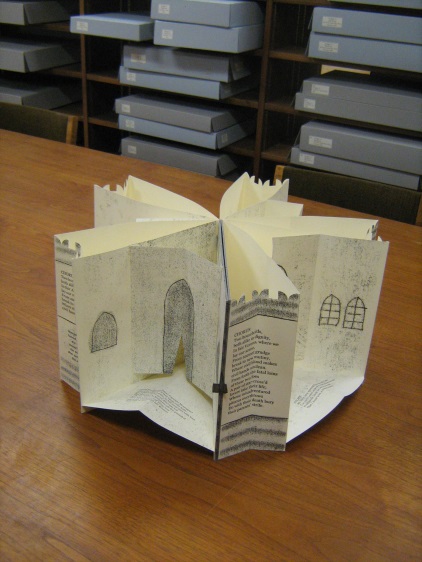
View of Emily Martin’s interpretation of
The Tragedy of Romeo and Juliet (2012).
Call Number: D7385. Click image to enlarge.
This piece, like many others in Spencer Library’s collection, demonstrates the many ways that the old and new, the past and present can come together. Martin’s reimagining masterfully blends “details specific to Verona,” (including illustrations to match the settings in each act) with new elements that make Shakespeare’s famous tragedy come alive again. Even though it invokes new ideas to bring the star-crossed lovers into the 21st century, it is still maintains the integrity of their tragic tale and breathes new life into their multi-faceted story. As the Prince decrees, “For never was a story of more woe / Than this of Juliet and her Romeo.” Martin uses this timeless tale of woe and turns it into a well-crafted political commentary, exemplifying the ways that Shakespeare speaks to not only Shakespeare-philes, but also anyone looking to bridge disciplines and time periods in meaningful ways.
Melissa Kleinschmidt
Public Services Student Assistant and 2017 KU graduate (Master’s of Arts, English)

